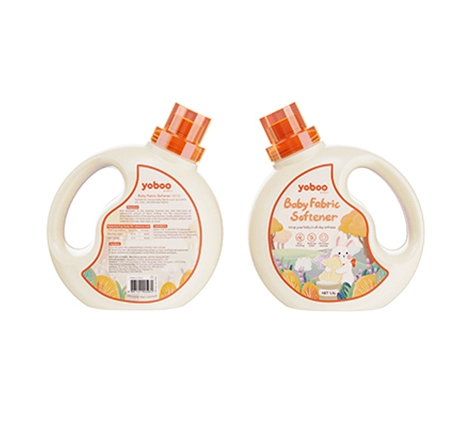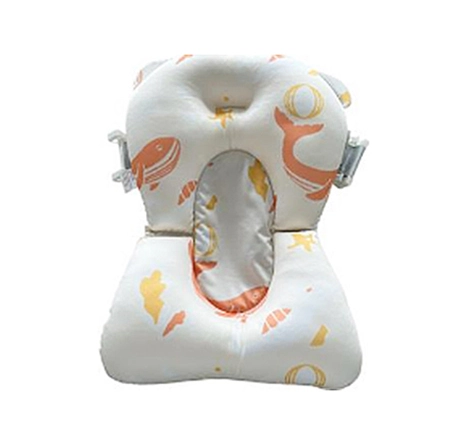In the process of feeding a newborn baby, some mothers will have enough milk, and some mothers may have ruptured nipples, and they can use an automatic breast pump to suck out the milk. However, if the breast pump is used improperly, it is easy to cause breast injury and even breast disease.Therefore, to use a breast pump you need to avoid walking into three major misconceptions.
1. Use an automatic breast pump instead of the baby to suck because of the fear of pain
Since breastfeeding is a special stage for mothers, most mothers will experience sore nipples at the beginning of breastfeeding. This is normal because women's nipples are very delicate and can feel sore after being sucked vigorously by the child. But now some "squeamish" mothers quickly give up breastfeeding because they are afraid of pain. They either feed their children with milk powder or use a breast pump. As a result, the breasts cannot be dredged in time. Pumping with an intelligent automatic Breast pump is not as painful as making the baby suck directly, but no matter how good the breast pump is, it is not as good as the direct sucking of the baby, which is conducive to the dredging of the breast. Moreover, the milk sucked by the breast pump must be fed to the baby with a bottle, which is easy to cause the baby to have the illusion of nipple.
In fact, during the entire breastfeeding process, as long as mothers can persist at the beginning, the nipples will quickly adapt to the baby's sucking. If mothers are not able to breastfeed for special reasons, they should insist on breastfeeding as soon as the baby is born, especially in the first 7 days, it is best to let the baby suck directly with the mouth. Some mothers have sunken or flat nipples, and the child is not easy to suck. You can use a nipple retractor to slowly elongate the nipple, or you can put a nipple protective cover on the nipple to lengthen the nipple through the child's sucking.
2. Excessive use of an automatic breast pump can damage your nipples
Automatic Breast pumps are not always available, but some mothers are overusing them without knowing it. If you use a breast pump when your breast ducts are not unclogged, they may become more and more blocked. The distribution of women's mammary ducts is like an umbrella. If the above mammary ducts are blocked, the nipple and areola will not be able to suck milk. Because the breast pump will press on the breast when pumping milk, over time, the local soft tissue will be damaged, which will cause edema.
3. Too much milk and do not know how to pump it out with an automatic breast pump
There are some mothers whose milk secretion is so abundant that the baby can't finish it at all, but the mother does not know how to use the breast pump feeding product to express the excess milk. This can also easily lead to breast blockage. Milk, especially hindmilk, is very nutritious. If it is blocked in the mammary duct for a long time, it is easy to breed bacteria and cause pathological breast distention. At this time, the breast feels very painful to the touch, and mothers are often in pain. upper mastitis. In addition, when the baby first starts breastfeeding, if there is too much milk in the mother's breast, the milk ejection reflex occurs, which makes the baby too late to swallow, it is easy to choke, or simply refuses to express. And when the breasts swell too much, it is not easy for the child to hold the areola.
When mothers use automatic breast pumps, the above three misunderstandings must be avoided. Finally, experts give mothers a suggestion. For particularly milky mothers, they can use a breast pump to express some of the front milk before breastfeeding and let the baby suck after the breasts are slightly softer. If you still feel that your breasts are swollen after breastfeeding, and you feel that there is still milk left, the mother can also use a feeding product breast pump to express the remaining milk.













